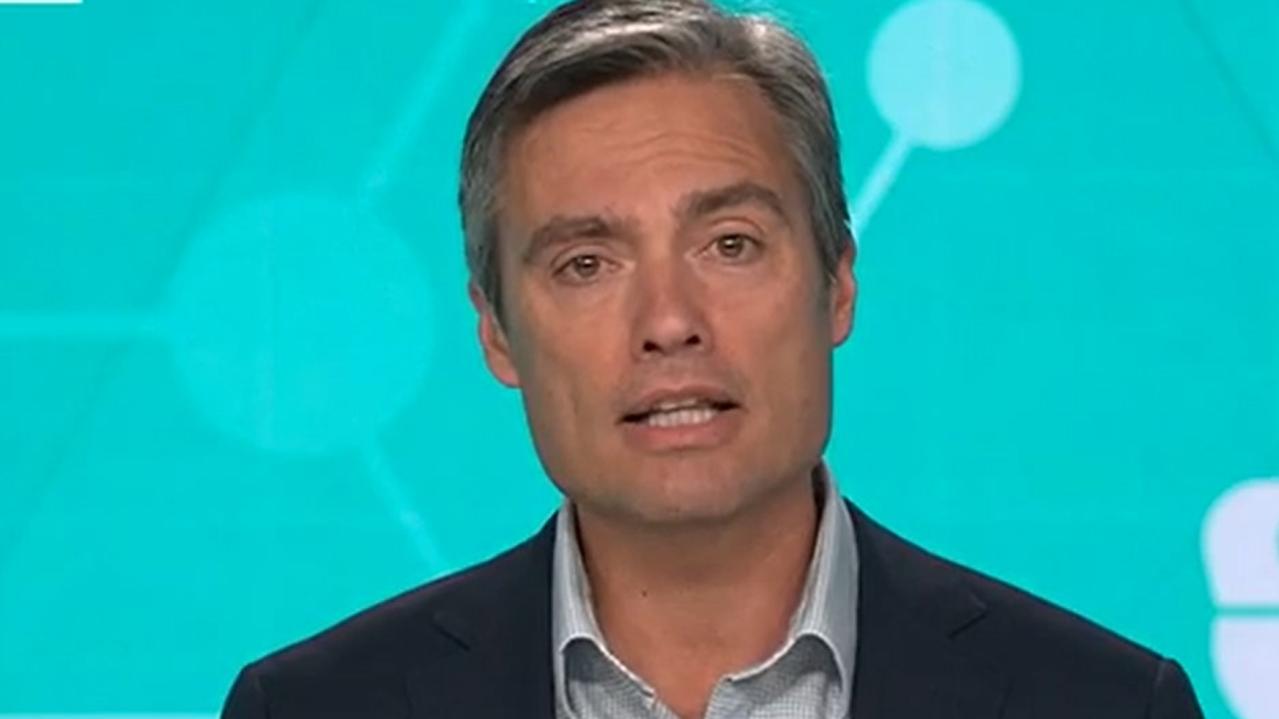Everything you need to know about new rules for close contacts, isolation
Scott Morrison has announced a shake-up to Australia’s close contact and isolation rules as Omicron sweeps the nation. Here’s what they mean for you.
Most Australians have woken to a slate of altered isolation and testing rules this morning, after leaders gathered at an emergency national cabinet meeting on Thursday afternoon to recalibrate Australia’s response to the more contagious Omicron variant currently sweeping the country.
As daily case numbers surpassed 21,000 nationwide, Prime Minister Scott Morrison announced that the premiers and chief ministers in all but South Australia, the Northern Territory and Western Australia had agreed to relax close contact definitions and isolation requirements.
“Omicron requires us to undertake a change of how we are managing the pandemic,” Mr Morrison told reporters after of the meeting.
“We need to reset how we think about the pandemic, and how we manage ourselves and the things we need to do as governments.
“Omicron is a game changer.”
Here’s what’s changed – and what it means for you.
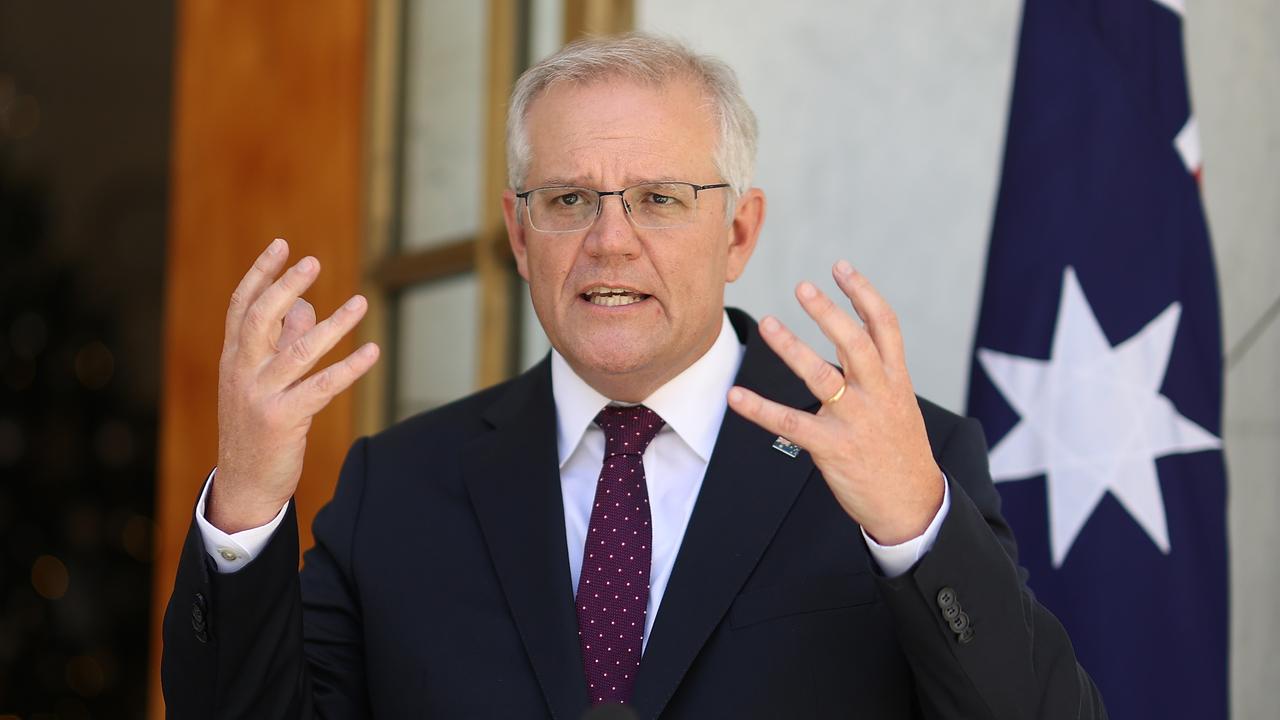
What’s the new definition of a close contact?
Perhaps the biggest alteration to the rules is the new nationally consistent definition of a close contact.
A close contact of a positive Covid-19 case can now be defined as “a household contact, or a household-like contact, of a confirmed case only”.
This means that an interaction at a retail store, bar, restaurant or supermarket will no longer land you in isolation – you’re only a close contact if you spent over four hours with an infected person inside a household-like setting.
“A household contact is someone who lives with a case or who has spent more than four hours with them in a house, accommodation or care facility,” the PM said.
“You are only a close contact if you are, effectively, living with someone or have been in an accommodation setting with someone.”
Which states will this apply to?
The new definition came into effect in NSW, Victoria, Queensland and the ACT at midnight.
Tasmania will adopt it from tomorrow, January 1, while the Northern Territory will make an announcement “in coming days”.
Western Australia, meanwhile, will introduce it at a later date as it is in a “very different” situation, Mr Morrison said.
As for South Australia, while the state initially agreed to the new definition, chief health officer Nicola Spurrier told ABC Radio Adelaide this morning the rules will not apply.
Professor Spurrier said the four-hour rule had not been approved by the Australian Health Protection Principal Committee (AHPPC).
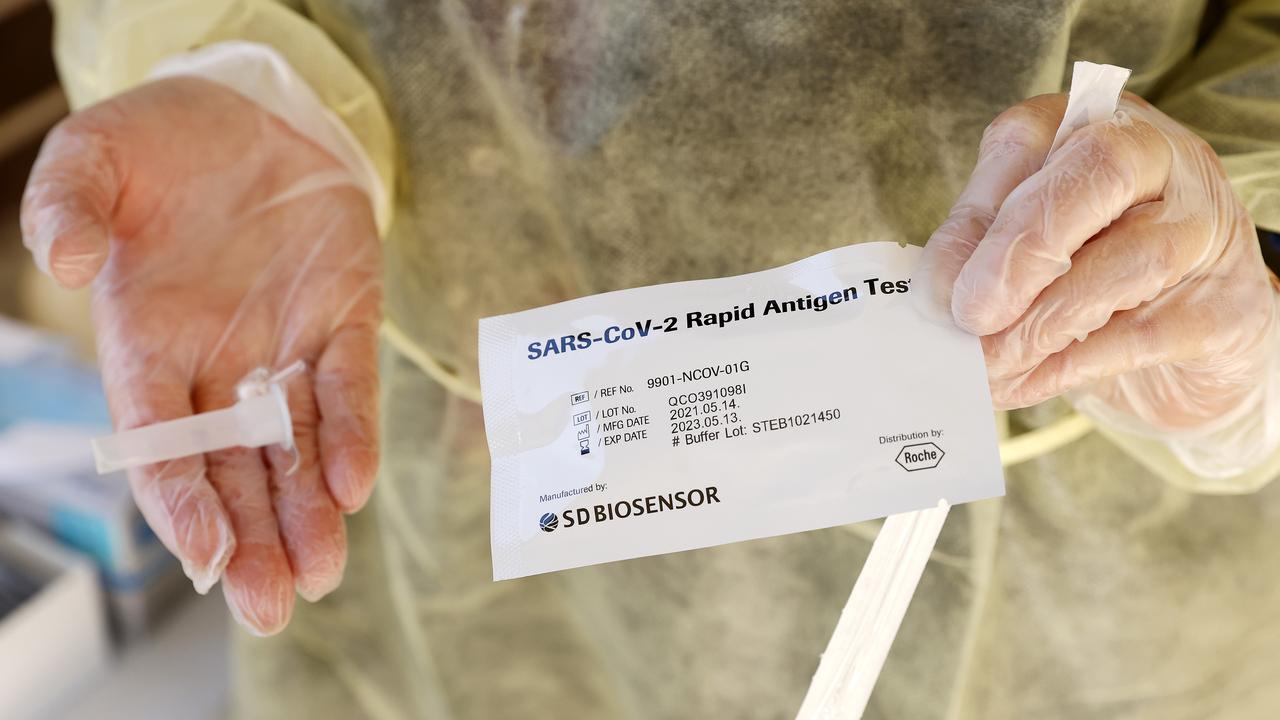
I’m a close contact – how long do I have to isolate for?
Isolation requirements have also changed in NSW, Victoria, Queensland, the ACT and Tasmania.
If you are an asymptomatic close contact – meaning you’re not showing any symptoms – you must take a rapid antigen test (which can be purchased at a pharmacy or supermarket; or free from a state-run testing hub).
If that results in a positive test, you must then have a PCR test, and then isolate for seven days from the date of the positive test.
If that results in a negative test, you must isolate for seven days because symptoms could present.
If you are a symptomatic close contact – meaning you are showing symptoms – you should take a PCR test straight off the bat.
If that comes back positive, you must isolate for seven days from the date of the positive test.
The PM announced the RAT on day six requirement has also been scrapped; if confirmed cases remain symptomatic, they should remain in isolation.
Anyone with symptoms will continue to seek a PCR test.
In South Australia, you will still be required to isolate for 10 days, regardless if your test result is negative or not.

I don’t have any symptoms and am not a close contact – should I get a test?
According to the Prime Minister, no. If you don’t fulfil the new definition of a close contact and you aren’t symptomatic, there’s no need for you to be in line for a Covid-19 test.
“You should go home. Go to the beach, go and do what you want to do. Read a book in the park,” Mr Morrison said.
“Follow all the normal, commonsense things that you would do, monitor your symptoms, follow the CovidSafe practices, make sure you have booked for your booster, do all of those sorts of things.
“The people we need in that line are people who need a PCR test.
“We hope, over the next few weeks, to greatly reduce the volume of people who are having these PCR tests, which means we will be able to increase the turnaround time of these tests, getting results back to those who need to take them.”
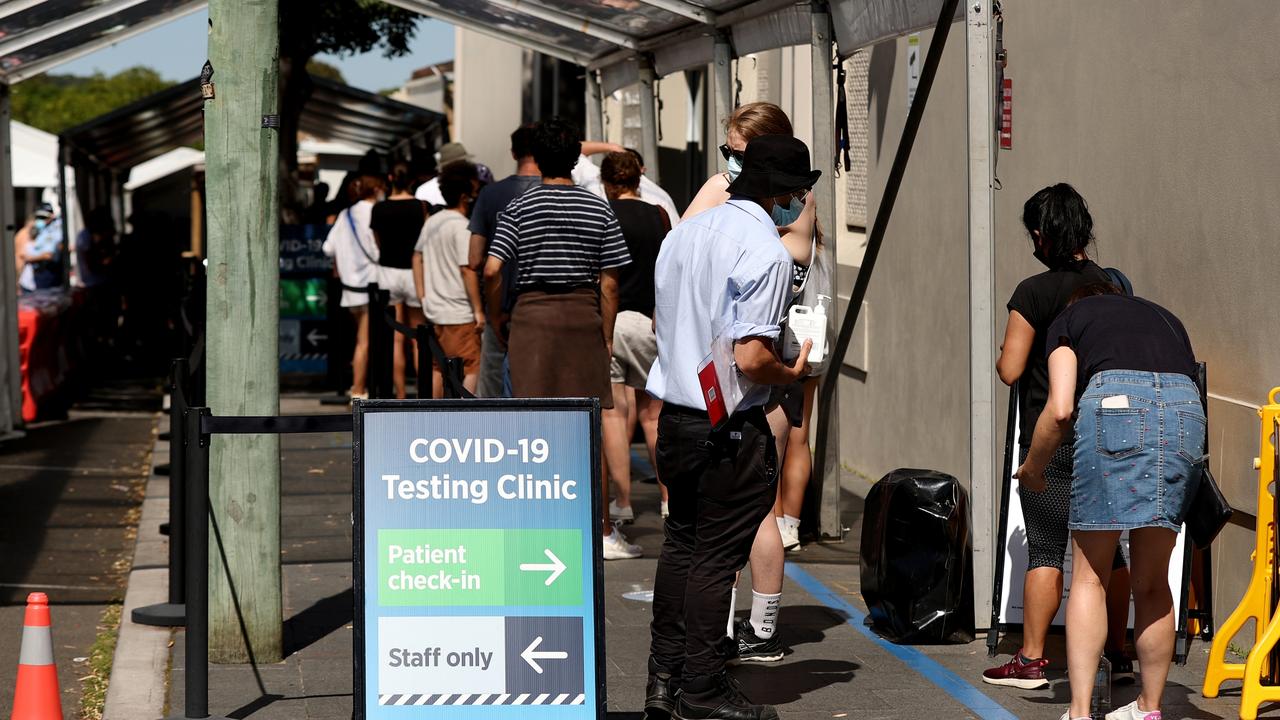
Picture: Brendon Thorne/Getty Images
I’m a returned overseas traveller – what kind of test do I need to take?
If you’re a returned traveller to NSW from overseas, you will now only be required to return a negative rapid antigen test, rather than a PCR test, to relieve pressure on the system, NSW Premier Dominic Perrottet announced.
The rules haven’t changed anywhere else.
What do these changes mean if I’m in the Northern Territory?
So far, yesterday’s announcement means nothing for you – but the Top End can expect an update to their rules in the next couple of days.
Until then, a close contact is still “someone who has been close enough to a person with Covid-19 while they were infectious, that they have a reasonable chance of also getting Covid-19”.
If you are identified as a close contact by NT Health, you must immediately quarantine yourself in your home or other suitable premises for 14 days after you last had contact with that person.
You must also get tested for Covid-19 as soon as possible – even if you don’t have symptoms.
What if I’m in South Australia?
According to Prof Spurrier, when it comes to close contacts, “the general premise is we’re not worrying about strangers, we’re trying to focus on people’s social groups, that’s household-like contacts, intimate partners”.
“Beyond that it may be the group you’re with at work a lot of the time. We’re also looking at transmission sites, so if we see a lot of cases from a particular venue or setting like a church or pub, then that will be called out for close contacts, and then our vulnerable settings where people are at higher risk,” she added.
Most close contacts will receive an SMS from SA Health. However, if you know you are a close contact, please do not wait for the SMS – get tested and isolate immediately. pic.twitter.com/VHx9n9P6I9
— SA Health (@SAHealth) December 30, 2021
SA Health also took to social media to further clarify the definitions.
“In South Australia we will continue to include ‘close contacts’ as those who have been in a setting with significant transmission of Covid-19, and there has been greater than 15 minutes of face-to-face contact,” the post said.
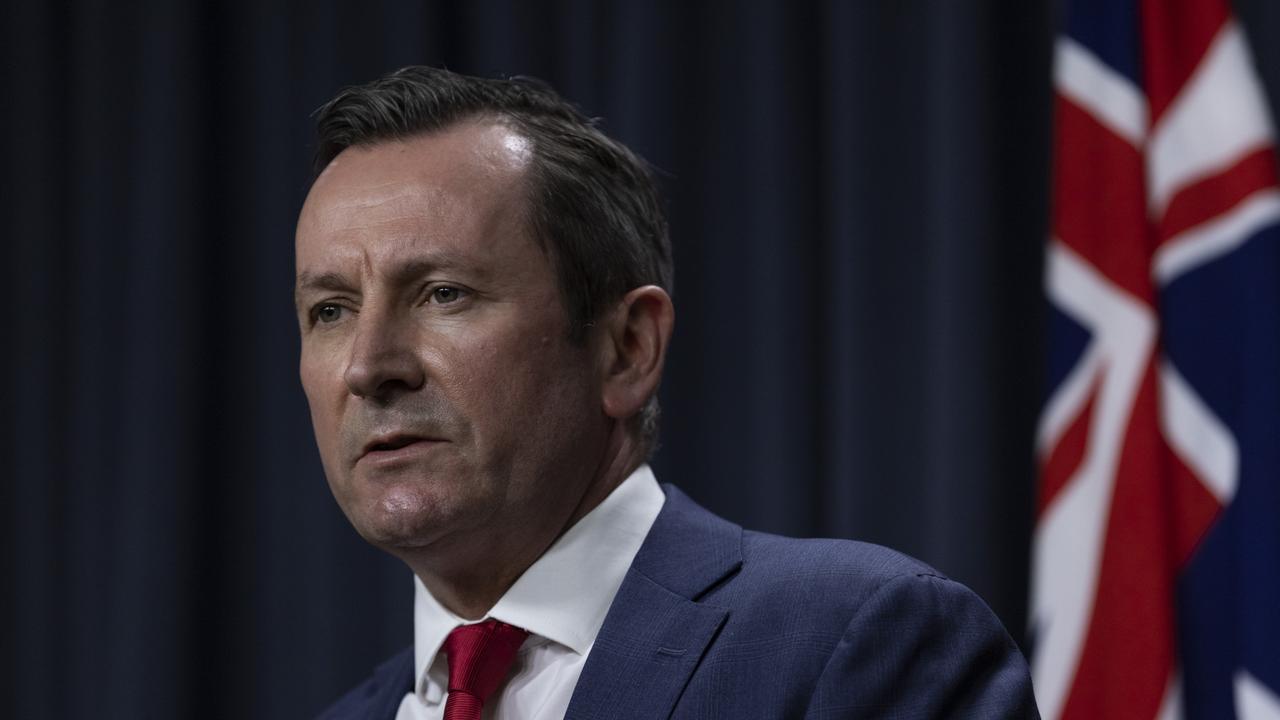
What about if I live in Western Australia?
Nothing has changed for West Australians yet, either.
A close contact is still defined by the state government as “a person who has had face-to-face contact OR shared a close space, for any amount or duration, with someone who has been diagnosed with Covid-19 (while they were considered infectious)”.
If you are deemed a close contact, “Public Health will contact you [and] give you specific information about what to do when you are a close contact”.
Mr Morrison said furloughing issues within the health workforce and retail sector were not being felt in WA, and that is why they were waiting to make the changes.
“Western Australia is not suffering from these significant furloughing or isolating of workers that is shutting down economies,” the PM said.
“That is not happening in Western Australia, but it is significantly happening in the eastern states.”






